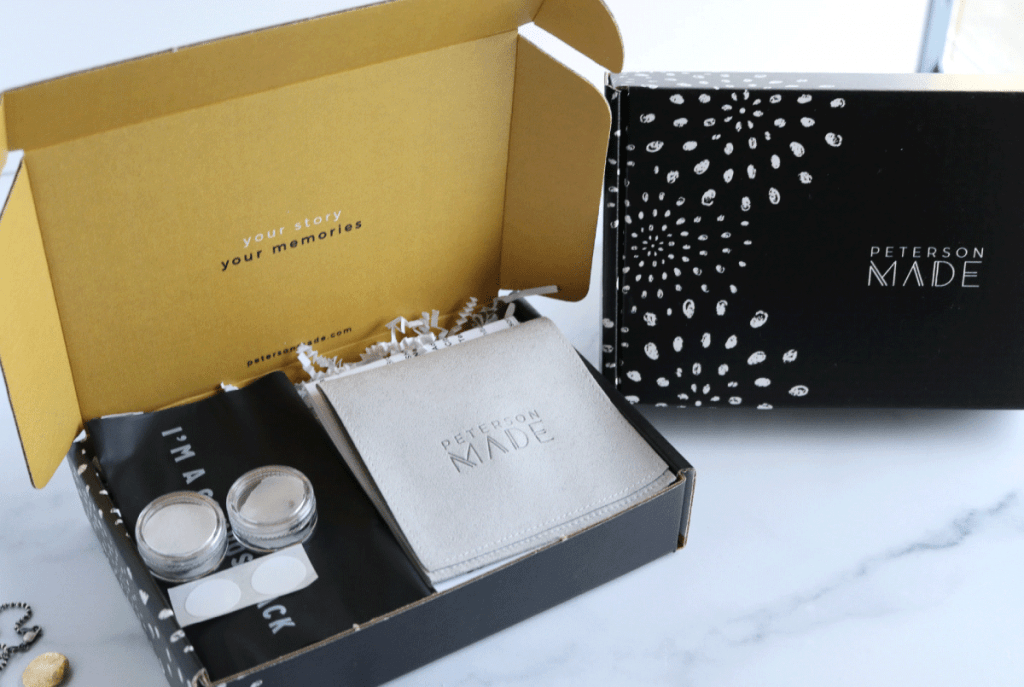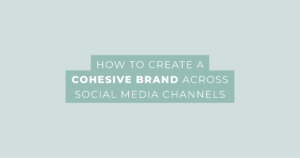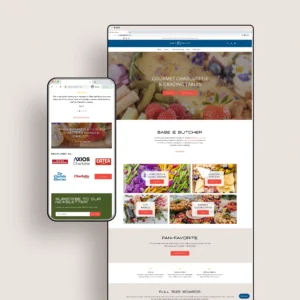
Exploring Types of Packaging Design

When it comes to packaging design, choosing the right type of packaging is crucial for both product protection and customer appeal. The packaging not only serves a practical purpose but also reflects your brand identity. From sturdy boxes to eco-friendly materials, the type of packaging you select should align with your product, target audience, and your brand values. In this post, we’ll dive into different types of packaging designs, helping you make an informed decision on what works best for your product.
Common Types of Packaging Design
Boxes
Boxes are among the most commonly used packaging types, providing both protection and branding opportunities. They come in various shapes and sizes, such as rigid boxes, folding cartons, and corrugated boxes. Boxes are ideal for items that need a sturdy, secure container during storage, shipping, and retail display.

- Why it matters: Boxes offer versatility and are highly customizable. Whether you’re shipping fragile items, creating retail packaging, or offering a gift-like experience, boxes are a solid option.
- Best for: Electronics, apparel, food products, and gifts.
Pouches
Pouches are flexible packaging solutions made from materials like plastic, foil, or paper. They are commonly used for products like snacks, cosmetics, liquids, and powders. They are lightweight, cost-effective, and offer excellent branding opportunities with full-color printing. Many pouches also include resealable options, making them convenient for consumers.

- Why it matters: Pouches are practical, space-saving, and can be designed to stand up on shelves, providing maximum visibility. They’re a great choice for products that are consumed quickly and need to be kept fresh.
- Best for: Food, beverages, supplements, and pet products.
Labels
While labels aren’t technically packaging by themselves, they are an essential part of the packaging design. Labels can be applied to a wide range of products, from bottles and jars to bags and boxes. They serve both functional and marketing purposes, providing important information about the product while also enhancing the overall design.

- Why it matters: Labels offer a low-cost, customizable solution to brand your product. They’re also great for products in transparent containers, like bottles or glass jars, where the product itself can be highlighted.
- Best for: Bottled beverages, beauty products, health supplements, and artisan foods.
Eco-Friendly Packaging Design
Eco-friendly packaging is increasingly in demand as consumers become more environmentally conscious. This type of packaging is made from sustainable materials, such as recycled paper, biodegradable plastics, or plant-based materials. Eco-friendly packaging helps reduce waste and carbon footprint, appealing to customers who value sustainability.

- Why it matters: Sustainable packaging can improve your brand’s reputation and attract eco-conscious customers. It also positions your brand as responsible and forward-thinking, which can be a huge differentiator in today’s market.
- Best for: Food, personal care, and fashion brands looking to align with green practices.
Glass Packaging
Glass packaging offers a premium, high-quality feel that’s perfect for luxury products. It’s durable, non-toxic, and provides a high level of protection for products like perfumes, beverages, and cosmetics. Glass is also recyclable, making it a good choice for brands focused on sustainability.

- Why it matters: Glass gives your product a sophisticated look and ensures a longer shelf life for items like perfumes, oils, and beverages. It also has a premium price point that may justify higher-end product offerings.
- Best for: Perfume, beverages (e.g., wine, juices), and high-end cosmetics.
Tins and Metal Packaging Design
Tins or metal packaging is another premium choice, often used for products that need to maintain freshness, such as teas, coffee, and candies. Metal is also an excellent choice for items that require extra protection from light, air, or moisture.

- Why it matters: Metal packaging not only protects the contents but also creates a premium feel that appeals to luxury customers. It’s perfect for products that want to stand out on retail shelves or in subscription boxes.
- Best for: Gourmet food products, luxury teas or coffees, candles, and small gifts.
Rigid Containers
Rigid packaging includes options like jars, bottles, and canisters made from durable materials like plastic, metal, or glass. These containers are ideal for products that need to be sealed tightly to preserve freshness or prevent contamination. They also provide ample space for detailed product information.

- Why it matters: Rigid packaging provides the durability and protection needed for delicate items while also offering branding flexibility. It’s perfect for high-value or specialty items.
- Best for: Skincare, health supplements, and luxury food products.
Shrink Wrap, Blister and Clamshell Packaging
Shrink wrap involves wrapping a product in a plastic film and shrinking it tightly around the product using heat. Clamshell packaging is a hinged, plastic package that snaps shut. Both options are great for products that need to be tamper-evident or need additional protection.

- Why it matters: Shrink wrap and clamshell packaging are cost-effective and provide clear visibility of the product, making them ideal for retail environments.
- Best for: Consumer electronics, toys, hardware products, and promotional items.
Subscription Box Packaging
Subscription box packaging is a fun and interactive way to package your products. These boxes often include personalized touches, such as tissue paper, custom inserts, and branded stickers. Subscription box packaging is designed to create an unboxing experience that excites customers and keeps them coming back for more.

- Why it matters: The unboxing experience is a key selling point for subscription-based businesses. A well-designed box can create excitement and make the customer feel like they’re receiving a special gift.
- Best for: Beauty products, snacks, fitness goods, and specialty gifts.
How to Choose the Right Packaging Design for Your Product
Choosing the right packaging type depends on several factors, including:
- Product Needs: Consider how delicate or perishable your product is. Does it need a protective layer, or is it sturdy enough to be packaged more simply?
- Brand Identity: Your packaging should reflect your brand’s personality and values. Choose packaging that aligns with your aesthetic and message.
- Target Audience: Think about who will be purchasing your product. Do they value sustainability? Are they drawn to premium packaging?
- Budget: Consider your production costs. More intricate packaging designs may increase your per-unit cost, so balance your design with your budget.
Choosing the right packaging design is about finding the perfect balance between functionality and branding. Whether you opt for eco-friendly packaging, elegant boxes, or flexible pouches, the key is to select a design that protects your product and communicates your brand effectively.
Need help with your packaging design? Let’s collaborate to find the right solution for your product and market!





